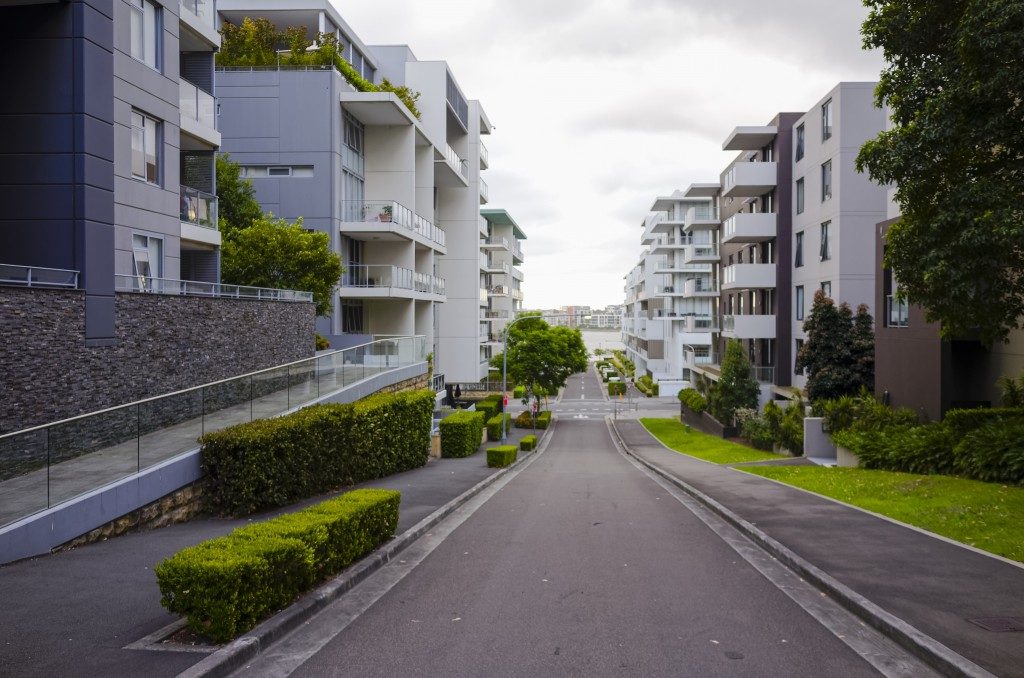Warehouses are an essential part of many businesses, but planning and constructing one can be daunting. The construction of a warehouse is a complex process that requires careful planning and execution. Here are some tips to help you plan and construct your warehouse in a way that will most benefit your business.
Decide the Purpose
One of the most important decisions you’ll make when constructing a warehouse is determining what the primary purpose of the warehouse will be. This will majorly impact everything from the size and layout of the facility to the type of materials and equipment you’ll need.
Once you’ve decided on the purpose, you can begin to plan the construction of your warehouse. If you’re primarily using the warehouse for storage, you’ll need to consider factors such as shelving units and forklifts. If you’re using it for manufacturing, on the other hand, you’ll need to factor in equipment like conveyor belts and assembly lines. By carefully considering the purpose of your warehouse, you can ensure that it’s built to meet your specific needs.
Consider the location
Before you begin construction on your warehouse, it is essential to consider the location of your facility. The location of your warehouse can have a significant impact on the overall efficiency of your operation. Factors to consider include:
- Proximity to suppliers — If you are located close to your suppliers, you can reduce transportation costs and receive inventory more quickly.
- Proximity to customers — If you are located close to your customers, you can reduce shipping costs and improve customer service.
- Access to transportation — If you have good access to transportation, you will be able to receive inventory and ship orders more quickly.
- Zoning regulations — You must ensure that your warehouse’s location complies with local zoning regulations.
By considering these factors, you can choose a location for your warehouse that will help improve your operation’s efficiency.
Determine the Size
One of the first things you need to do when planning a warehouse construction project is to determine the warehouse-size you’ll need. That may seem like a simple task, but there are several factors you need to take into account.

First, you must consider the types of products you’ll be storing in the warehouse and how much space they’ll require. You also need to consider how often you’ll receive and ship products, affecting your storage needs. Additionally, you need to consider any special features or amenities you want in your warehouses, such as office space, restrooms, or a loading dock. Once you have all this information, you can determine the size of the warehouse you’ll need for your business.
Hire a Contractor
When you’re ready to build a new warehouse, hiring a commercial contractor specializing in warehouse construction is essential. These professionals will be able to help you plan and design your warehouse so that it meets all of your needs. They can also help with a construction schedule and budget so that you can stay on track and within your budget.
In addition, a good warehouse construction contractor can assist you with the permitting process and any other required paperwork. By working with a professional, you can be sure that your warehouse will be built correctly and on time.
Create a Layout
Before beginning any warehouse construction project, developing a clear and accurate layout of the space is essential. This will ensure that the finished product meets the specific needs of your business. The first step is to determine the dimensions of the available space. Once you have this information, you can sketch a basic layout.
The next step is identifying potential obstacles, such as pillars or structural support beams. These will need to be considered when designing your warehouse’s interior layout. Once you clearly understand the available space, you can develop a more detailed plan for your warehouse construction project.
Choose the Right Materials
Before starting a warehouse construction project, choosing the right materials for the job is important. The type of material you choose will be determined by the purpose of the warehouse and the type of products you plan to store inside.
For example, if you’re planning to store food items, you’ll need to choose materials that won’t allow pests or mold to thrive. If you’re planning to store heavy machinery, you’ll need to ensure the floors can support the weight. And if you’re planning to store flammable materials, you’ll need to choose fire-resistant materials. By selecting the right materials for your needs, you can ensure that your warehouse is safe and efficient.
Planning a warehouse construction project can seem daunting, but by taking the time to consider your needs and hire a professional contractor, you can ensure that the process goes smoothly. By following these tips, you can create a safe and efficient warehouse that will help your business to thrive.



